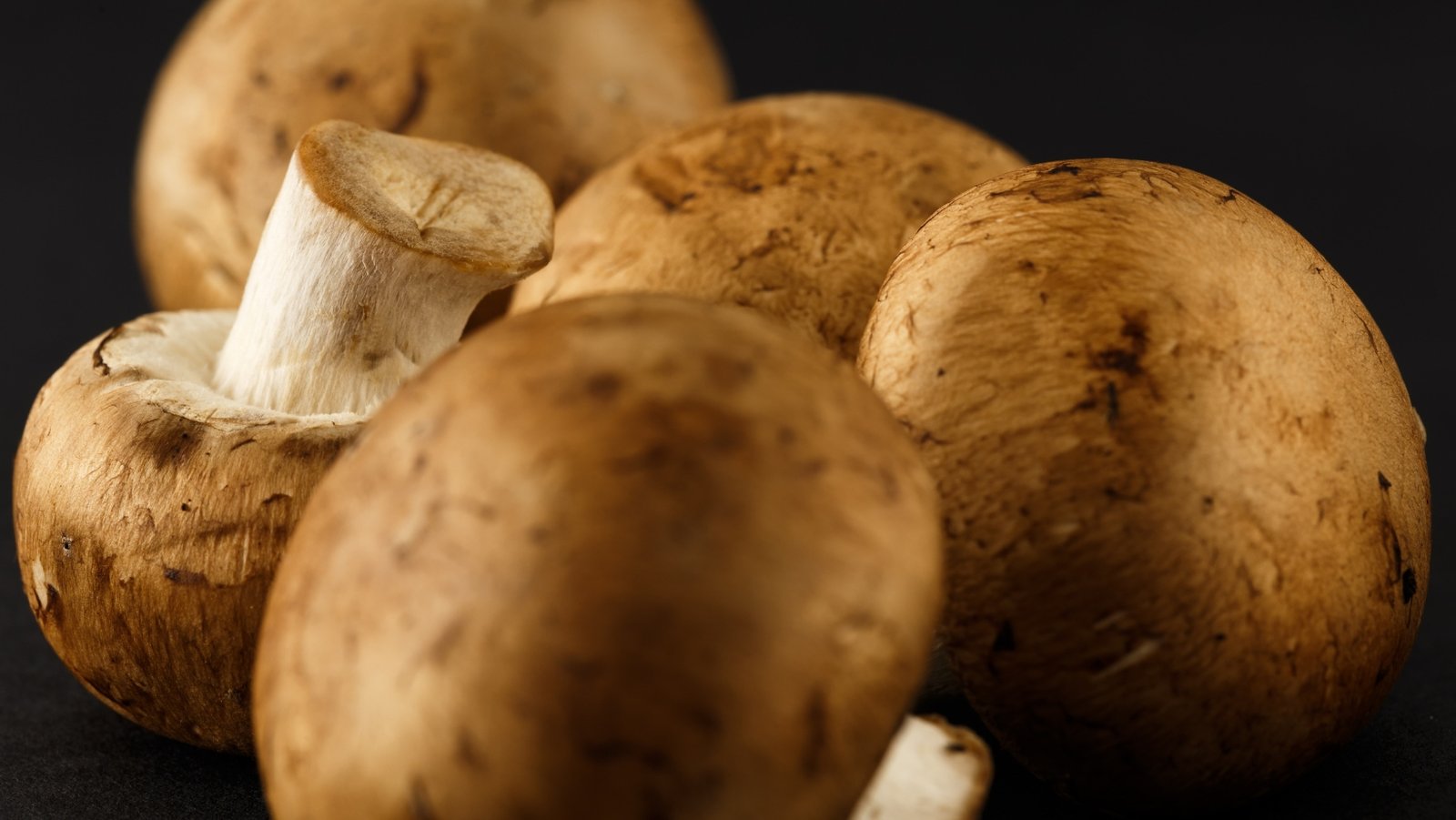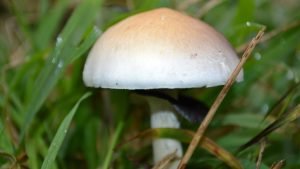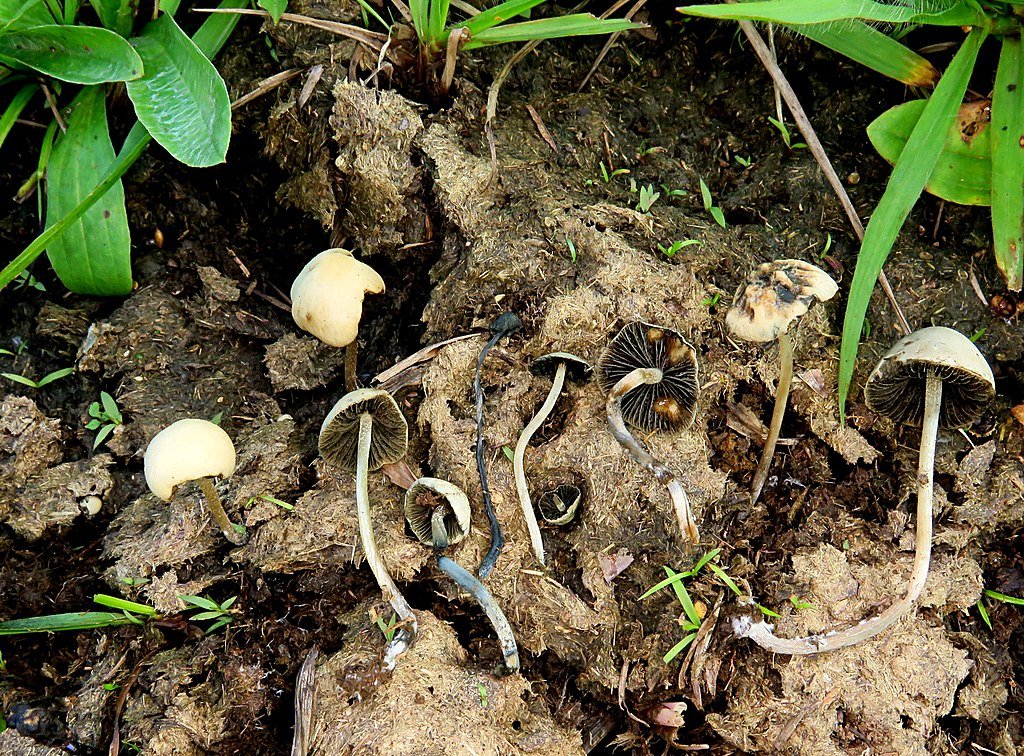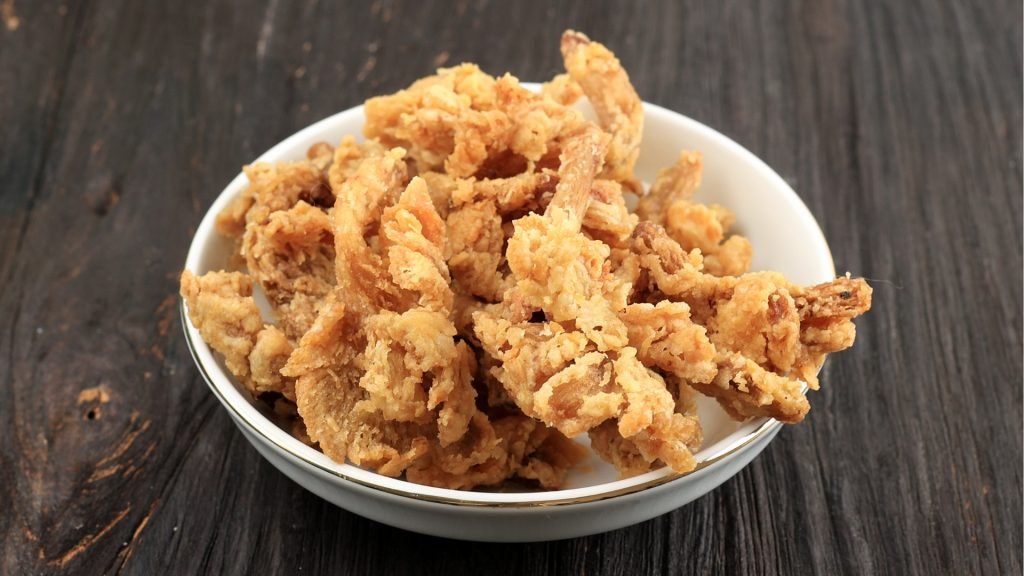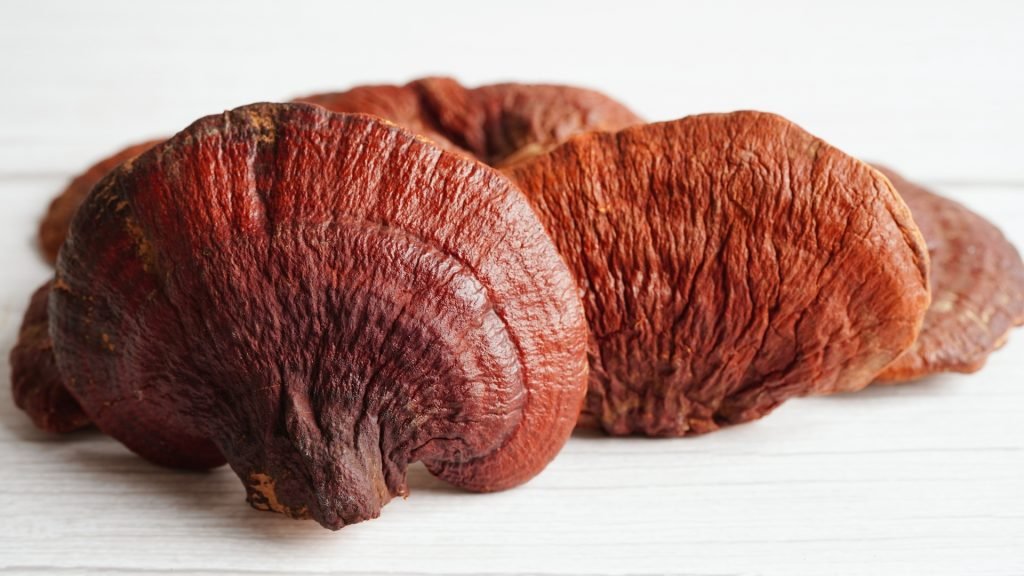Mushrooms have always fascinated humans with their diverse forms, flavors, and medicinal properties. Among the vast array of mushroom species, Agaricus subrufescens, commonly known as the “Almond Mushroom,” has captured the attention of mycologists and enthusiasts alike. This captivating mushroom species has a remarkable history and has spread from its origins in coastal America to become a globally cultivated delicacy. Join us on a journey through time and space as we delve into the intriguing story and widespread cultivation of Agaricus subrufescens.
The Coastal Origins:
Agaricus subrufescens is native to the coastal regions of South America, particularly Brazil. It was first documented in the late 1800s by Brazilian mycologist Charles Lepierre, who classified it as a separate species from the common white button mushroom (Agaricus bisporus). Lepierre named it Agaricus blazei, honoring his colleague and fellow mycologist Augusto Chaves Batista Blaze, who made significant contributions to the study of Brazilian fungi.
Spread and Popularity:
The captivating characteristics of Agaricus subrufescens soon caught the attention of mushroom enthusiasts worldwide. It gained popularity not only for its unique flavor but also for its potential medicinal properties. The mushroom’s versatility and adaptability led to its cultivation and spread beyond its native habitats.
In the 1960s, the Japanese mycologist Takatoshi Furumoto discovered Agaricus subrufescens during his visit to Brazil. Recognizing its potential, he brought it back to Japan, where it underwent further study and cultivation. The mushroom’s robustness and ability to adapt to different growing conditions made it an ideal candidate for commercial cultivation.
From Japan, the cultivation of Agaricus subrufescens gradually spread to other parts of Asia, Europe, and North America. Its distinctive chestnut-like aroma and flavor made it a favorite among mushroom connoisseurs, chefs, and health-conscious individuals. As its popularity grew, Agaricus subrufescens became commercially available in various forms, including fresh, dried, and powdered extracts, making it accessible to a global audience.
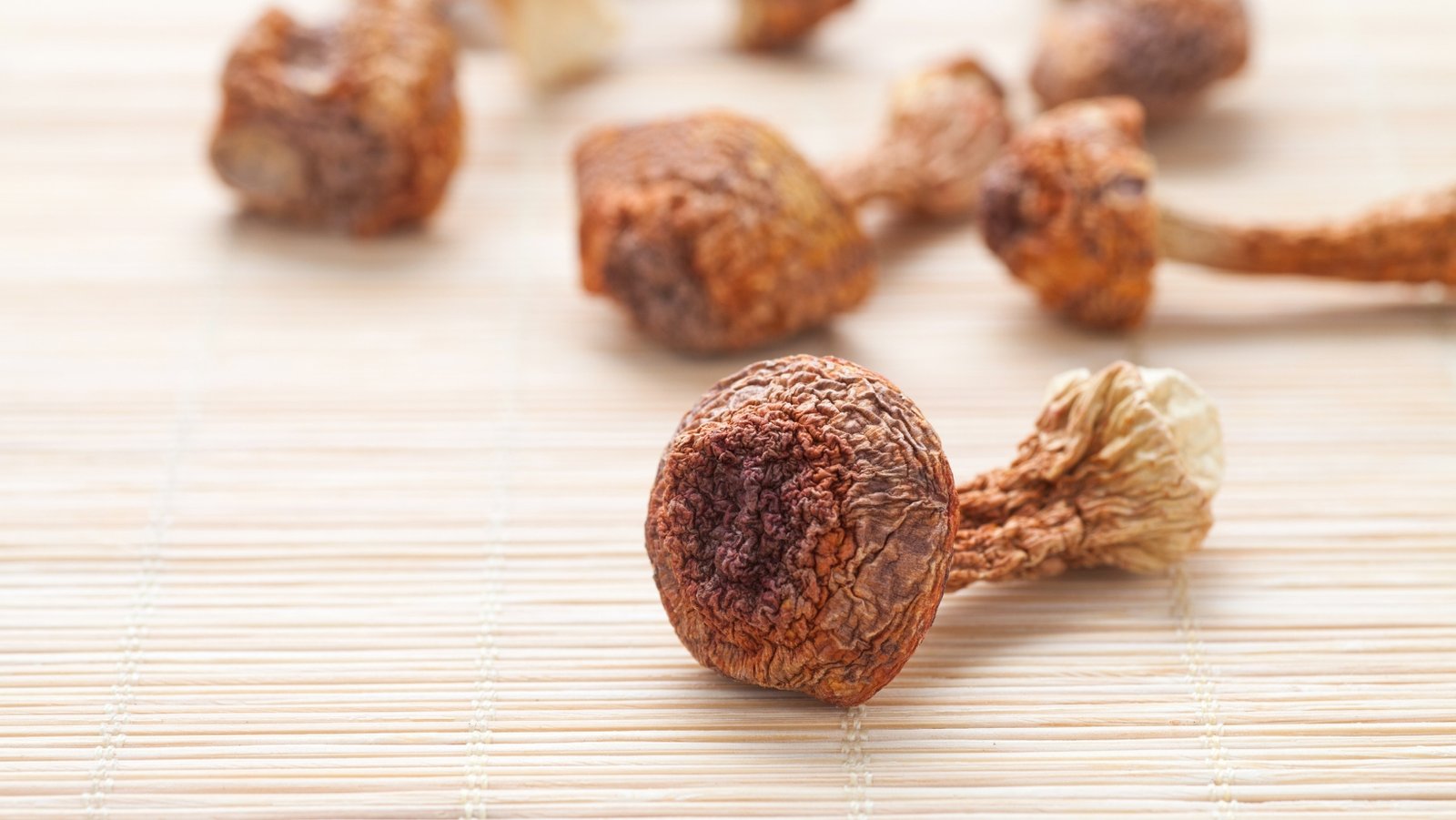
Medicinal Properties and Health Benefits:
Agaricus subrufescens is renowned for its potential health benefits, making it an intriguing subject for scientific research. This mushroom species is rich in bioactive compounds, including polysaccharides, beta-glucans, and ergosterol, which contribute to its medicinal properties.
Studies have shown that Agaricus subrufescens possesses immunomodulatory properties, enhancing the body’s immune response and potentially offering protection against various diseases. Its polysaccharides have been found to stimulate the production of natural killer cells, which play a crucial role in fighting off infections and cancerous cells.
Additionally, this mushroom species exhibits antioxidant and anti-inflammatory properties. It contains compounds that scavenge harmful free radicals, reducing oxidative stress and potentially lowering the risk of chronic diseases such as cardiovascular ailments and certain types of cancer.
Global Cultivation and Sustainable Farming:
The global cultivation of Agaricus subrufescens has not only satisfied the demand for this captivating mushroom but has also opened doors to sustainable farming practices. Due to its adaptability, this species can be cultivated using a variety of agricultural waste substrates, including straw, sawdust, and compost. This utilization of agricultural by-products promotes recycling and reduces waste, making it an eco-friendly choice for mushroom cultivation.
Furthermore, the cultivation of Agaricus subrufescens has become a source of income and livelihood for many communities around the world. Small-scale farmers and mushroom enthusiasts have embraced its cultivation as a viable and profitable endeavor, contributing to rural development and economic sustainability.
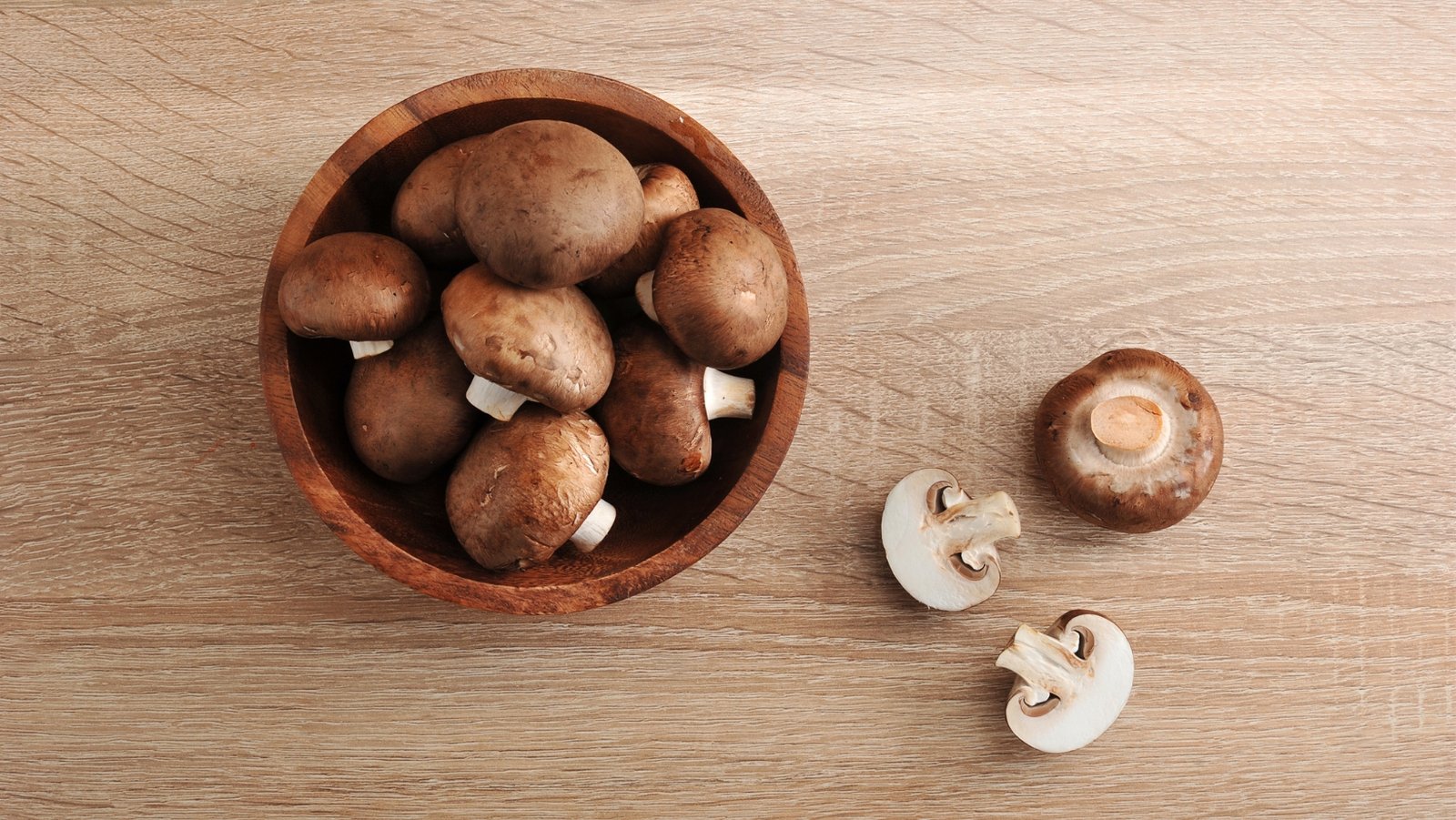
The journey of Agaricus subrufescens, from its coastal origins in South America to its global cultivation, is a testament to the captivating nature of this mushroom species. Its intriguing history, combined with its versatile flavors and potential health benefits, has propelled it into the hearts and kitchens of mushroom lovers worldwide. As cultivation techniques continue to evolve and scientific research advances, Agaricus subrufescens promises to unveil further secrets and inspire future mycologists and mushroom enthusiasts to explore its potential.
Recommended Reads:
The Sentient Spores: The Philosophy of Fungal Consciousness
What is consciousness? Philosophers, scientists, and thinkers have grappled with this question across epochs. Yet,...
Read More...🍄 Art and Mycology: The Aesthetics of Fungi 🍄
Mycology, traditionally linked with biology and medicine, finds a fascinating confluence with the world of...
Read More...Attack of the Green Mold: Defending Your Mushroom Empire
About This Article: Embark on a fungal adventure with ‘Attack of the Green Mold: Defending...
Read More...Psilocybe Cubensis (PC-Strain)
Welcome to the fascinating world of Psilocybe Cubensis, a mushroom species celebrated by mycologists and...
Read More...Whoa there, Spore Sport! 🍄 Looks like you’re not logged in yet. Don’t you know what you’re missing? MYCO-CREDITS! Imagine all the fungal fun you could have. It’s like finding a Morel in May and not picking it. Tragic, right? Log In or Become a Myco-Patron and start racking up those credits. It’s more rewarding than finding a mushroom in your backyard! 🌟🏡

